
 Sept. 3rd: Returning from hiding to her village in Sierra Leone, 15-year-old Mary Smart was stunned to find her classroom burned to the ground by rebels. The rebels ransacked her school and killed her teachers, as they had done countless times across the country, in the hope of keeping the population uneducated. But it didn't work. Now that the country's civil war is over – with largely peaceful elections held last month – Mary and others have begun returning to class, refusing to have their education taken from them. Mary wants to be a lawyer, she says. That way, she can defend the rights of other children to ensure they also get to go to school.
Sept. 3rd: Returning from hiding to her village in Sierra Leone, 15-year-old Mary Smart was stunned to find her classroom burned to the ground by rebels. The rebels ransacked her school and killed her teachers, as they had done countless times across the country, in the hope of keeping the population uneducated. But it didn't work. Now that the country's civil war is over – with largely peaceful elections held last month – Mary and others have begun returning to class, refusing to have their education taken from them. Mary wants to be a lawyer, she says. That way, she can defend the rights of other children to ensure they also get to go to school. This is the kind of success story that next Saturday's International Literacy Day is meant to honour. But while we are celebrating stories like Mary's, we must remember just how low on the world's list of priorities literacy has become. Less than 3 per cent of official development assistance is spent on education, with just a fraction of that going to literacy programs. While it would cost just $7 billion (U.S.) to teach every person to read and write, one in six is illiterate.
By contrast, the U.S. and Europe alone spend upwards of $18 billion every year on makeup products. That's a discouraging disparity. It means that there are still 120 million children not in primary school and that nearly a billion people cannot read papers like this one. No one doubts that even a basic education is vital. The UN estimates that earning potential increases by as much as 10 per cent for every year of schooling. Basic literacy vastly improves a family's quality of life: they are better able to find jobs, prevent diseases and protect their rights and dignity. What's key about education is that it allows people to lift themselves out of poverty. It's not charity, but rather a long-term and sustainable path to development. Countries in the developing world, from Brazil to Senegal, are becoming aware of these benefits and in recent years have introduced national literacy strategies.
Ethiopia's initiative is called the Education Sector Development Program. It provides alternative learning for children not in school, literacy classes for youth and even basic skills training for adults. With a literacy rate of only 41 per cent, the program will go a long way in helping ordinary Ethiopians out of poverty. It is expected to reach more then five million people by 2011.
But these countries are struggling to fund their programs. Kenya spends just over $30 per person on education, while China spends about $20. Canada spends nearly $1,500 per person on education. Part of the problem is that many developing world countries are saddled with debt repayment, diverting billions of dollars a year away from social services. Burkina Faso spends five times more on its debt than it does on education. That is where the developed world can help. By dropping crippling debt repayments for countries that show good governance, the West can ensure poor nations have more money for education. And by linking aid and trade deals to education spending, countries can know that their money is being put to good use. Three per cent of official development assistance is simply not enough. Because, as Stephen Lewis once said, "education is the solution to everything.
By Craig and Marc Kielburger
+++++++++++++++++++++++++++++++++++++++++++++++++++
Disclaimer
No responsibility or liability shall attach itself to either myself or to the blogspot ‘Mozlink’ for any or all of the articles/images placed here. The placing of an article does not necessarily imply that I agree or accept the contents of the article as being necessarily factual in theology, dogma or otherwise.
Mozlink


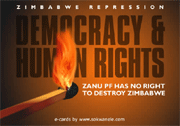
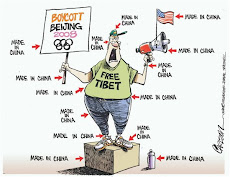













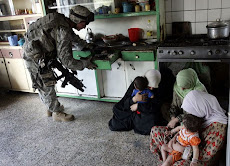













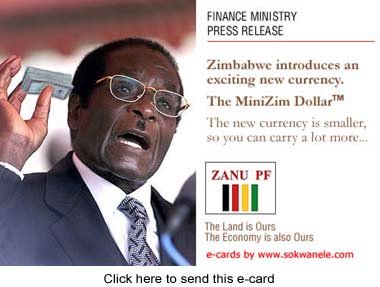









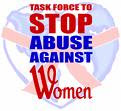










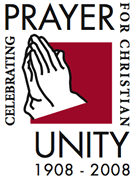
No comments:
Post a Comment